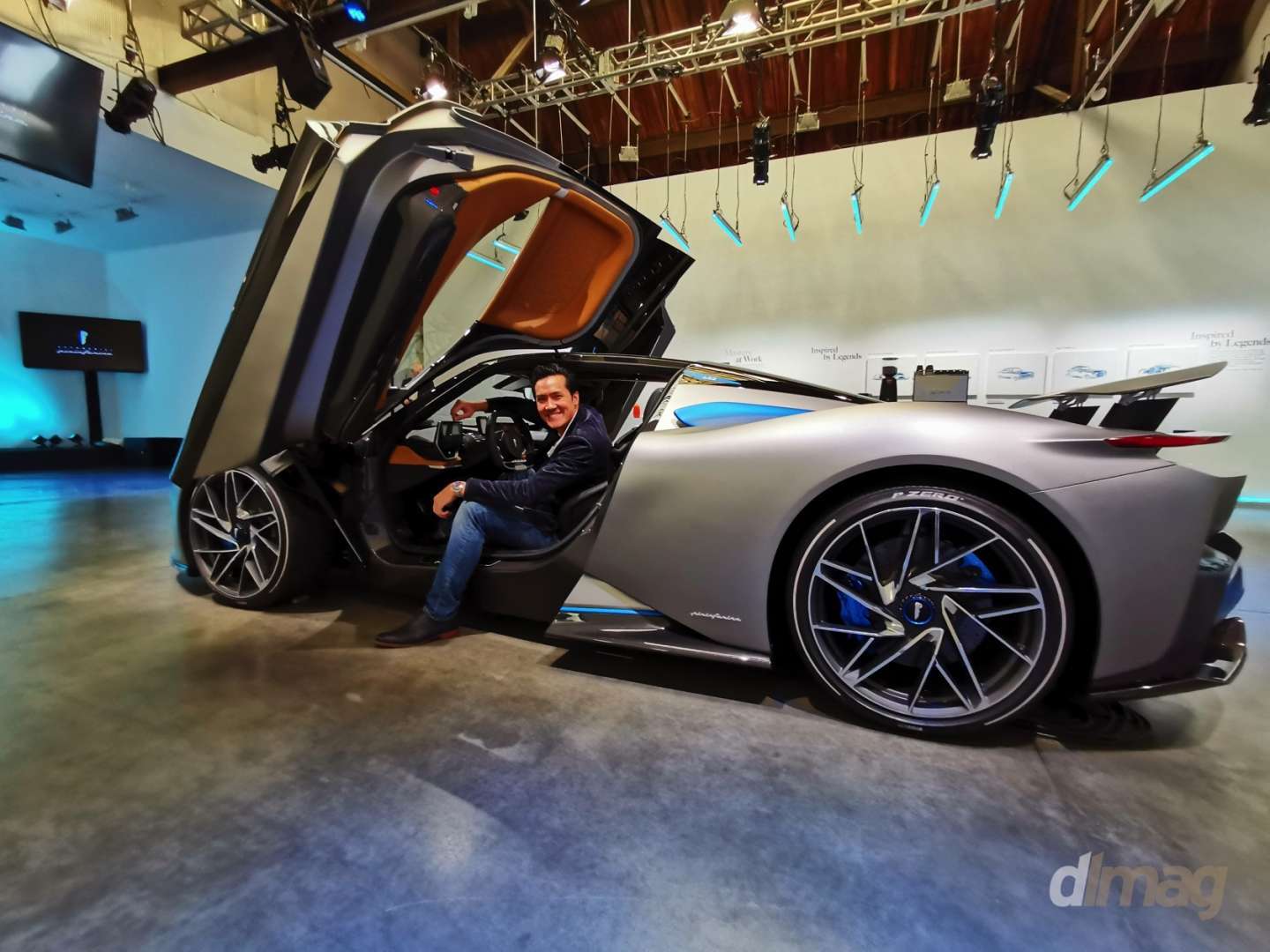The Pininfarina Battista is heralded by many as possibly the most beautiful hypercar to grace the planet. And while the mouthwatering performance numbers are enough to excite the most hardcore auto enthusiast, the Battista is setting new goalposts in automotive styling as well. Credit goes to the PURA design philosophy where Purity, Beauty, and Rarity exists to create a delectable form.
But the secret to the Pininfarina Battista’s luscious style is – quite surprisingly – all about simplicity. Where other “conventional” hypercars are festooned with tacky air intakes, wings, fins, awkward spoilers, and large outtakes in the rear, the Pininfarina Battista is different.
Without a hint of doubt, the house of Pininfarina is responsible for creating the most beautiful automotive masterpieces in the world. It established the true art of automotive design as a coachbuilder for Alfa Romeo, Lancia, and Rolls-Royce in the 1930s. Pininfarina quickly gained prominence as the purveyor of creating landmark design icons. It exists in a world where form meets function, which is sadly lacking in today’s modern cars.
“The Battista is the hypercar of the future, inspired by a legendary past,” said Michael Perschke, CEO of Automobili Pininfarina. “We aim for the Battista to be a future classic and automotive icon.”
The Pininfarina Battista is an attempt by parent company Mahindra to create a high-end automotive EV brand in 2015. After four years and $560 million in additional investments, Pininfarina is set to introduce the Battista in 2020, albeit in extremely limited numbers. Only 150 Battistas will exist by then, with each one costing approximately $2 million. With that price tag, the Pininfarina Battista is as rare as it can be. Each car will be hand-made in Italy.
If you think about it, $2 million is not bad for an EV hypercar. Considering the Bugatti Chiron starts at $3 million, the Pininfarina Battista is a different breed of electric hypercar. Where the Chiron has 1,500 horsepower, the Battista ups the ante with 1,900 horsepower. The max torque rating is a ridiculous 2,300 Nm while the sprint from 0 to 60 mph takes under 2.0 seconds. The Pininfarina Battista has a top speed of 217 mph (350 kph) and an estimated range of 280 miles (450 km).
But those numbers mean nothing without an absolutely beautiful body. In typical Pininfarina fashion, the design characteristics of the Battista are defined by just a few character lines. This is the same approach that the Ferrari 250 GT Berlinetta Lusso, Cisitalia 202, and the Alfa Romeo Spider Duetto have in common.
“The most important line starts at the front and runs along the flanks and over the rear wheel arches to define the rear wings,” said Luca Borgogno, Design Director of Automobili Pininfarina. “These lines are the most iconic design feature of the Battista.”
The split rear wings are designed to connect the rear of the car with the front. But more than an aesthetic feature, this design enables the Battista to create significant levels of downforce while acting as an air brake.
The Pininfarina Battista has a simple accent line around the vehicle that enhances the teardrop-shaped canopy. With a cab-forward design and a sloping rear end, this creates the illusion of a floating cabin placed on top of the Battista’s body structure.
But the mantra of the PURA design philosophy is not only evident on the outside. The butterfly wing style doors have a purely mechanical and high-tech feel. This substantiates the purity of the design in the Battista. They are not only magnificent to behold, but the mechanical soul is pretty much evident as you open or close the doors. The way it dramatically lifts and tilts is as dramatic as the subtle hissing sound it produces as you push the lever.
The Battista’s interior is as modern and sensual as the exterior. However, the design team pulled out all the stops in striking the perfect balance between the digital and mechanical world. There are three touchscreens up front, and all of them are angled towards the driver’s field of view.
There are also mechanical rotary knobs and switches to bridge the gap in the conventional and modern world. The interior layout is simple yet elegant, sporty yet luxurious, and hi-tech yet minimizes distractions. Want proof? The Pinifarina Battista – for all the ludicrous performance and breathtaking style – has a conventional volume knob.
“Can you imagine driving a car with 1,900 horsepower? Can you imagine doing 0 to 186 mph in less than 12 seconds? You need to be focused, and the interior in the Battista allows you to do just that,” said Borgogno.
The Pininfarina Battista is destined for greatness, and it certainly looks the part. It is 8 inches longer than a Ferrari LaFerrari and is also wider than the Lamborghini Aventador. Overall, it has an unmistakable presence that screams power, beauty, and timeless elegance.
The future looks bright for the electric car.
Vincent Nguyen contributed to this story.
